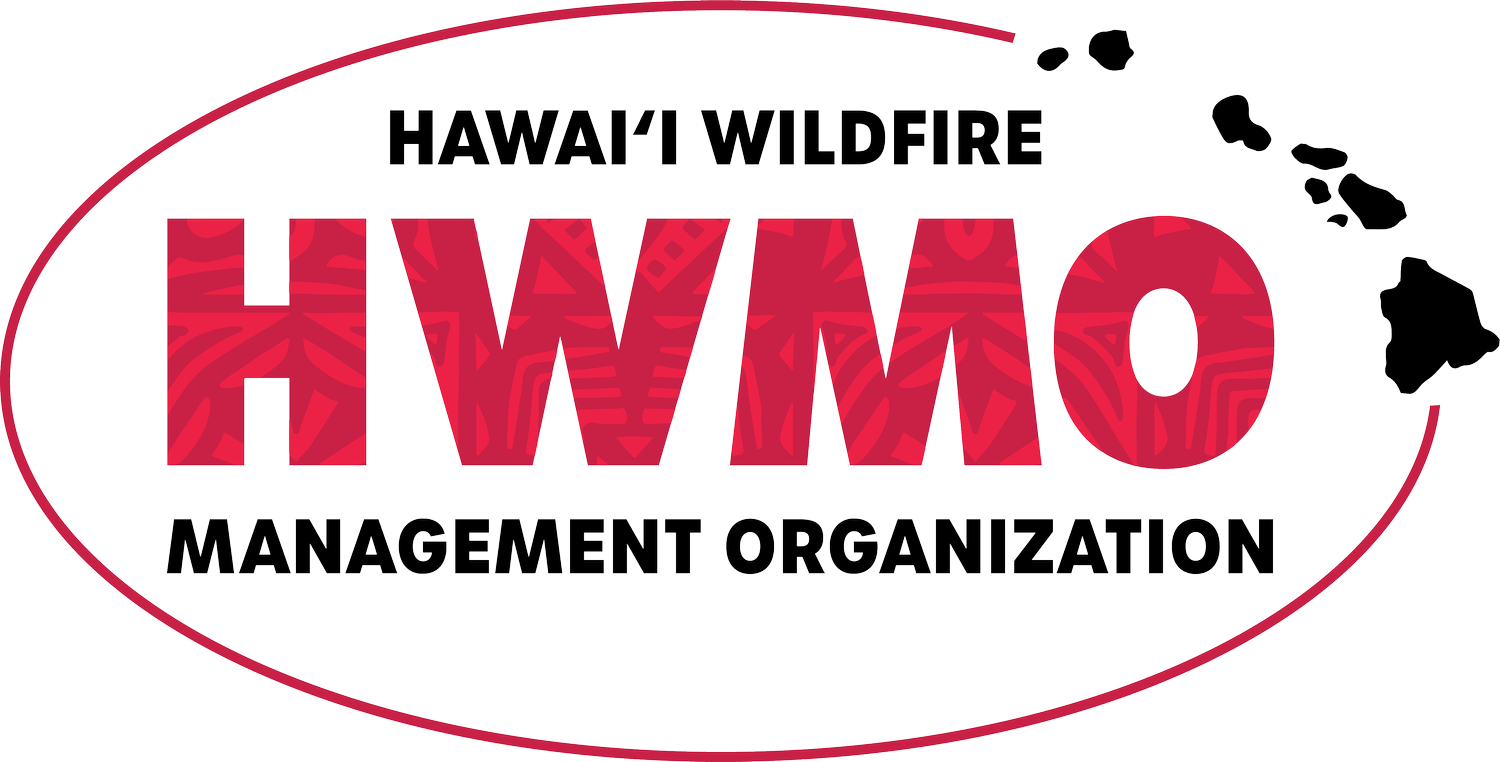Dad of Fallen Arizona Hotshot Hopes to Make Better Fire Shelters (AUDIO)
Fire shelter improvements unfortunately spurred by the death of the 19 Yarnell Hill firefighters:
From the Source:
"Firefighter Travis Turbyfill was killed one year ago by a wildfire after he and fellow members of the elite Granite Mountain Hotshots deployed to a fire shelter in an Arizona box canyon. A fierce wind blew the Yarnell Hill Fire over the crew, killing 19.
Travis' father, David, doesn't want his son to have died in vain, and he's trying to help the U.S. Forest Service improve those shelters to withstand direct flames. All that remained of the Granite Mountain Hotshots' fire shelters — which are thin layers of foil and insulation designed to help protect firefighters as a fire burns over them — were twisted piles of crumbled aluminum and ash.
David has been conducting tests on new shelter material, and recently presented the results in a video. In it, a large metal pipe shoots fire for 30 seconds onto the current fire shelter material layered over a firefighter's yellow fire-retardant shirt. The shirt material winds up scorched and brittle.
Then he runs the same test, but for a minute longer, over a fireproof fabric Turbyfill found on the Internet. 'The firefighter's shirt is completely intact,' he says as he shows the camera the scorch-free yellow material.
For anyone who's seen a wildfire, the video gets your attention.
Turbyfill's metal fabricating shop is in Prescott, Ariz. There he talks statistics. In the past two decades, burn over and entrapment accounted for 25 percent of wildland firefighter deaths. In the case of the Yarnell Hill Fire, the wind pushed the blaze over the men and trapped them in a canyon.
'What I'm saying is that if you create a better fire shelter or survivable fire shelter product, that you could eliminate 20 to 25 percent of all fatalities. Eliminate. Not reduce, eliminate,' he says."





















